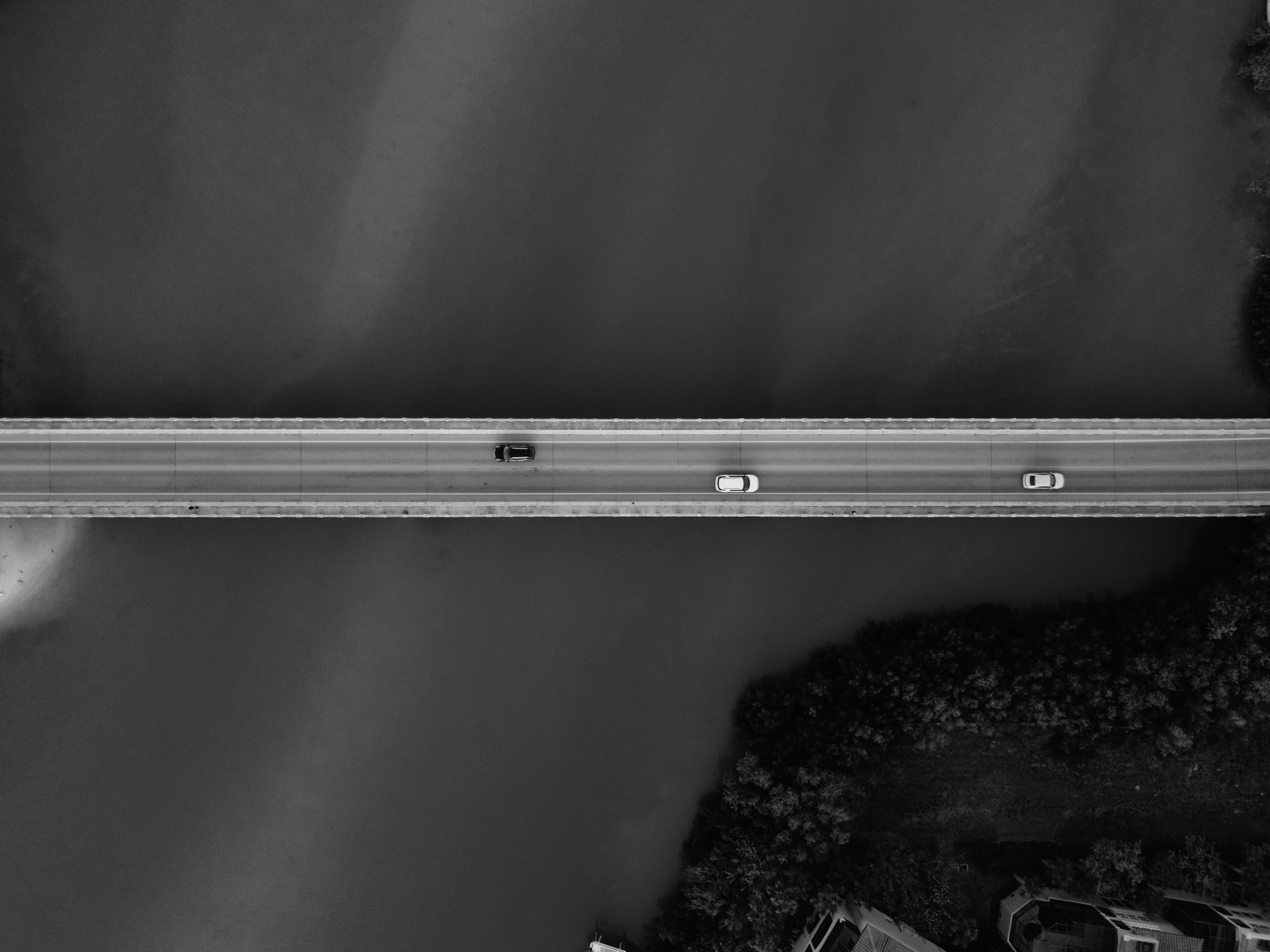This week, China opened the longest sea bridge in the world. Spanning the Pearl River, the 55-kilometre bridge, which submerges into a tunnel briefly so as not to interfere with shipping, links Hong Kong with Macau and Zhuhai, and thereby to eight other mainland cities surrounding the Pearl River Delta, including the tech hub of Shenzhen. Designed to “wow” as a feat of engineering, it is a white elephant that is part of a not so subtle political agenda.
In its defence, this bridge at least goes somewhere. Back in the 1990s, when Japan was trying to stimulate the economy after its financial bust, it spent huge amounts of money on infrastructure, including on wasteful projects criticised as “bridges to nowhere”.
Moreover, it is also a strong physical statement of the Chinese leadership’s will use to flaunt and further its regional influence. It constitutes an important part of the “Greater Bay Area” idea, hatched by President Xi Jinping, and planned to rival its namesakes in San Francisco and Tokyo. The area comprises 21,000 square miles and a population of 68 million, producing about 12 per cent of China’s GDP. In its own way, it is a significant part of President Xi’s signature foreign policy, the Belt and Road Initiative, which in China’s eyes at least, is about connectivity and commercial prowess.
Nevertheless, the bridge has come in for considerable criticism beyond its $20 billion price tag, 30 per cent cost over-run, lax health and safety standards that claimed 18 lives and injured 275, and detrimental environmental impact on the diminishing population of Chinese white dolphins and other sea-life disturbed by the construction under water.
In 2008, just before construction began, it was estimated that the bridge would carry a daily volume of just over 33,000 vehicles, and almost 172,000 passengers. The most recent estimate, from 2016, had lowered this to just over 29,000 and 126,000, respectively. This might not be the end of the downgrade, because like many other infrastructure projects across China, there are many competing forms of infrastructure serving the same purpose or location. They can’t all be commercially viable.
The border access point to the bridge on the Hong Kong side is close to the airport, about a 45 minute drive from Central, and while the bridge crossing should take little more than half an hour, you can already take a ferry from Central to Macau in an hour.
Users have to acquire time-limited permits in Hong Kong, authorisations and insurance in Macau or mainland China, face border controls, and change to driving on the other side of the road. It isn’t even clear whether it will be open to all Hong Kong residents to use the bridge — there may be other restrictions in addition to the application for permits — or even if there will be public transportation operating on the bridge.
Moreover, there are other transport links that facilitate travel. A new high-speed system rail links Hong Kong to Shenzhen in 14 minutes. Other express rail links already exist or are being built, including from Shenzhen to Guangzhou, at the north of the delta, just another 50 minutes away. Another bridge is being built linking Shenzhen to Zhongshan on the other side of the delta, cutting the journey time from 2 hours to a half hour. The sheer capacity of high speed rail and bridge networks in the Greater Bay Area could make the Hong Kong-Macau-Zhuhai bridge almost redundant.
There is no question this is a major engineering project, designed to withstand typhoons and other inclement conditions. Yet, the economics and financing don’t appear to make much sense in the context of the region’s existing and planned capacity, and its needs for efficient transportation. Many Hong Kongers, who have had to pay for a good part of the project without any mainland assistance, are resentful. It is easy to see why, even aside from the cost.
Customs and immigration at the Hong Kong bridge terminus will be managed and staffed by mainland personnel, in effect, enforcing mainland law on Hong Kong soil. To outsiders, this may seem of little consequence, but it represents the formalisation of a trend that is well underway, which is the incremental dismemberment of the one country, two systems mantra agreed when Hong Kong reverted to China in 1997.
Before too long, Hong Kong will be just another large Chinese city. The bridge is just another way of reintegrating Hong Kong into the mainland. It is, indeed, a bridge too far.
Originally published on CAPX.







